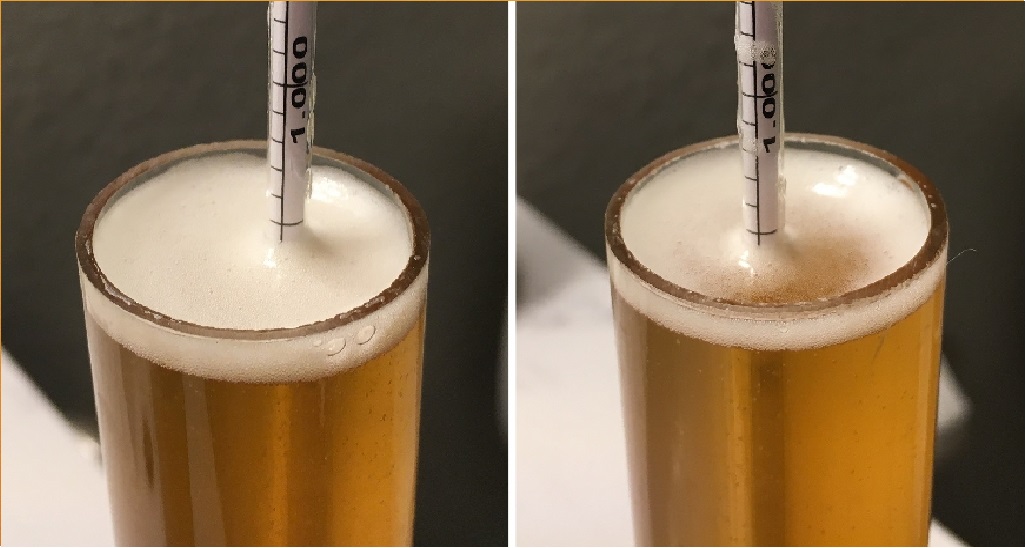
Natural Carbonation vs Forced Carbonation
One of many characteristics that people look for in a refreshing beverage is carbonation. Your average person probably understands that carbonation is liquid infused with Carbon Dioxide gas, which gives it that bright, bubbly texture. The process to achieve carbonation can be relatively simple, but there are a handful of different methods can come into play.
Your standard beverage plant producing carbonated beverages probably looks something like a science lab. Lots of shiny equipment, tubes & pipes running everywhere, hoses with multiple kinds of gasses…all of this is common to find! These tools help create a perfect environment for efficient carbonation to take place.
So how do you achieve carbonation? The two main types of carbonation are known as Natural Carbonation & Forced Carbonation.
1- Natural Carbonation will occur when the yeast converts sugars into CO2. If you allow this process to happen within a sealed container, the CO2 will create pressure and will eventually be absorbed into the liquid.
2- Forced Carbonation expedites natural carbonation process by skipping the first step. Rather than letting sugar & yeast create the CO2, forced carbonation will use premade CO2 and ‘force’ this into the liquid using pressure.
Regardless of which method you are using, one thing that is needed for carbonating a beverage is a pressure vessel. For example, the classic way of making Champagne will use a glass bottle and a tightly fitting cork. By adding sugar to fermented juice (containing yeast) and quickly corking it, the yeast/sugar conversation will create CO2, but the pressure will be kept within that bottle and absorbed into the wine.
An example of forced carbonation can be found in nearly every major brewery or ale house. These producers will often put a finished product into a large pressure tank, seal it closed and then inject CO2 gas to be absorbed. Once the gas is infused into the liquid, it can then be sent to a canning line before finding its way to a store or tap.
Natural carbonation can take a long time whereas forced carbonation can be done much quicker. The downside is of course the extra equipment needed, as well as a prerendered CO2 gas supply. Either method will work well, and depending on the product, you might find one to be preferable. Regardless of which route your take, carbonation is a welcome addition to many beverages in many different cultures. Contact CSC
 All Major Credit Cards Now Being Accepted. Charges may incur.
All Major Credit Cards Now Being Accepted. Charges may incur.